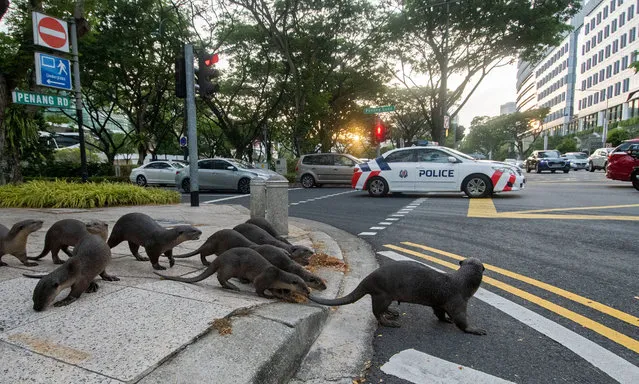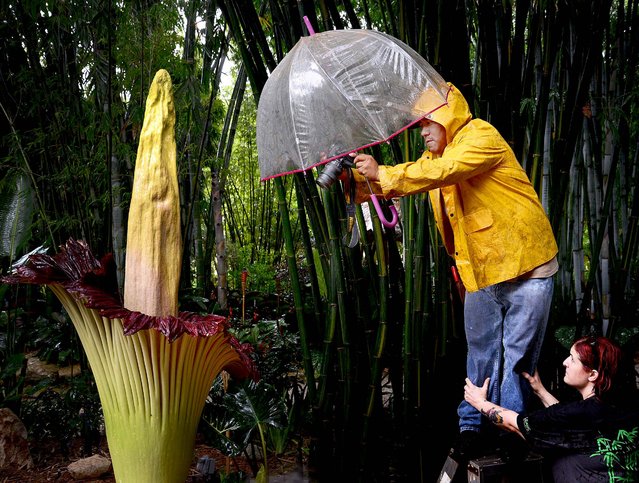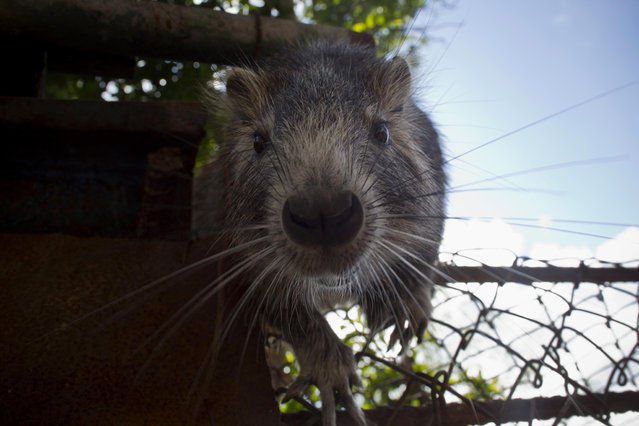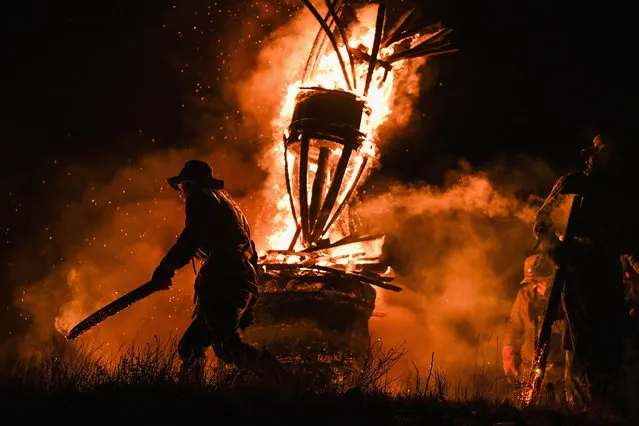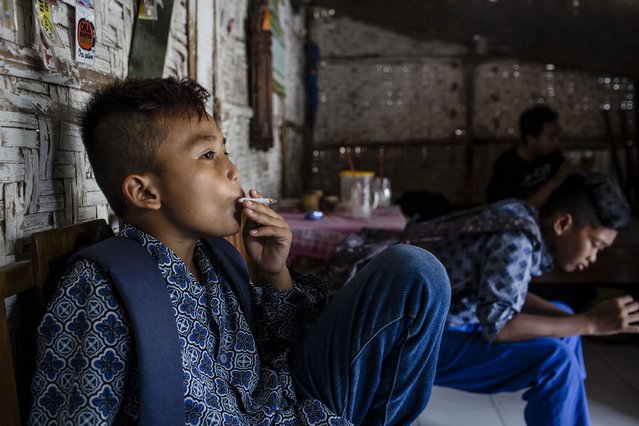
Satrio smokes at a kiosk after elementary school on March 3, 2017 in Yogyakarta, Indonesia. Satrio has smoked up to one pack a day and began when he was six years old. (Photo by Ulet Ifansasti/Getty Images)
11 Mar 2017 00:03:00,post received
0 comments

